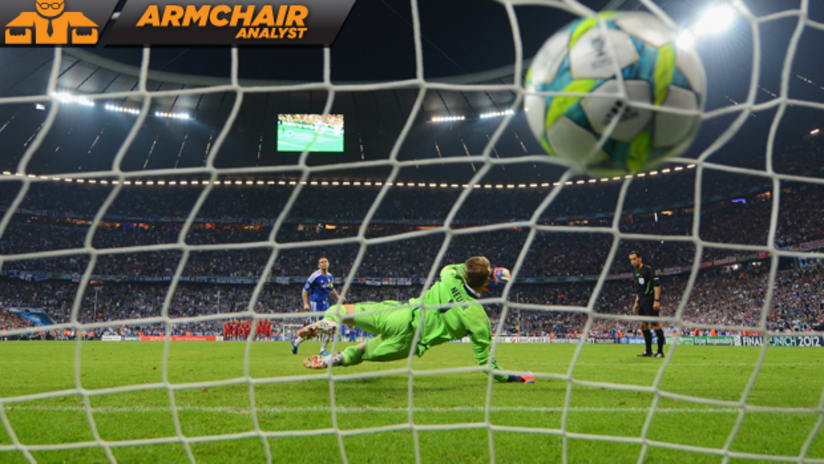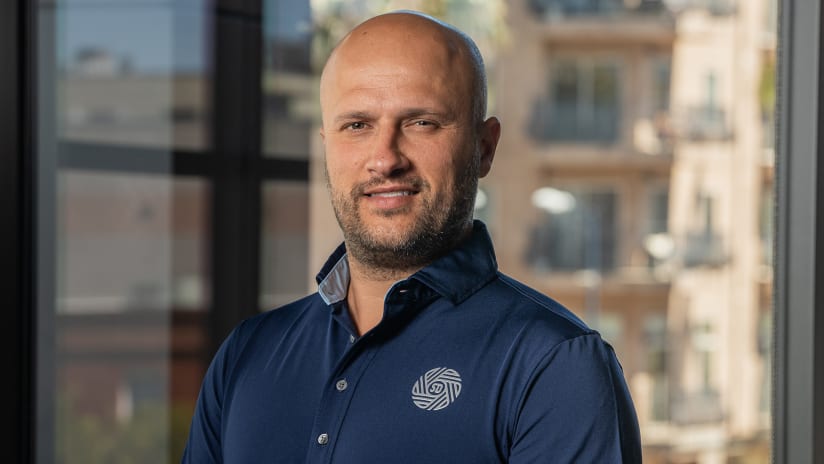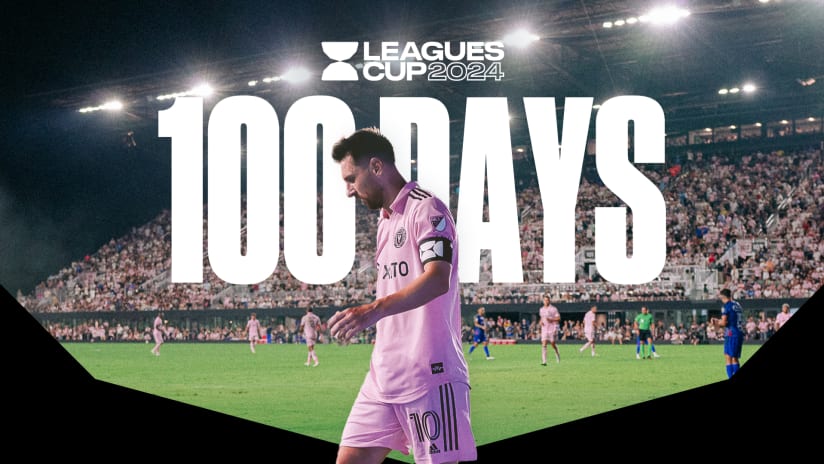There’s a certain strain of ludditism that runs through soccer fandom, a resistance to new and distinct ways of thinking about the game. In part that’s because quantifying the “mysteries of greatness” seems so far beyond our ways of understanding both physiology and the mentality of the typical player.
But the other part is that our collection of data is incomplete. Almost every movement in soccer (set pieces being the exception) is a unique situation, which flows into another unique situation, and so on and so forth.
This is because of the amount of variables: 22 players, one ball, 360 degrees of available space throughout most of the field and no stoppages (think the end of a down in American football) to measure what, exactly, just happened.
That, hopefully, is where the adidas miCoach Elite System comes in. Maybe not quite yet, but certainly for the future.
“The first steps were, ‘Let’s get the tool out, let’s get it in use, let’s start learning from it, let’s start, you know, helping players get better, coaches better manage their players and then work from there,” Paul Gaudio, vice president of adidas interactive told MLSsoccer.com on Thursday. “We’ll see what things [are] possible and where we can take it.”
For now, what we know is possible is that the miCoach will measure things such as a player’s heart rate, speed, acceleration, distance, field position and “power.”
“I’m curious to see what it can do what they don’t already have now,” ESPN analyst Taylor Twellman told MLSsoccer.com on Thursday. “But … I’m not positive.”
Overcoming skepticism has always been a vital part of new technology. Twellman’s healthy skepticism refers mainly to how the miCoach can and will operate within the context of the game itself. But when it comes to training, he’s all for it.
“Who’s dogging it? Some players are real talented at making you think they work hard,” Twellman explained. “I think that’s what it is. You want to see their fitness level at the highest point of the game.”
As the sport has become more athletic over the years, fitness has taken a more important role. Gone are the days of the Dutch steamrolling most comers back in the 1970s largely because they took training more seriously. These days, even the fittest teams – Athletic Bilbao in Spain and Sporting KC here in MLS come to mind – back off of their high press for large chunks of time in order to conserve energy.
The miCoach system, then, seemingly has the potential to tell Sporting coach Peter Vermes not only when his team is spent and needs to drop off into a deeper defensive posture, but also when they’re all recovered enough to press high once again.
For Twellman, that’s something that comes in handy. He recalled the German method – using heart monitors, which measured just a fraction of the data the miCoach will catalogue – they used in practice back in his days with 1860 Munich.
“It wasn’t just about how high you could get [your heart rate] and keep it there, but how fast you recovered. How fast do you go from 205 back down to 130,” Twellman explained. “They came to me and said, ‘You’re out of shape.’ I said, ‘What are you talking about, I just ran two miles in 11 minutes.’ And they’d say, ‘Yeah, but your heart rate is still too high. They’d point at the defensive midfielder and say, ‘He’s back down at 130.’
“And I realized that, yeah, he was the fittest guy on the team.”
MLS is all-in
So that’s the first step in our journey toward Smart Soccer. Getting a set of real time data to measure a player’s exertion on the field – and then, perhaps, crowd-sourcing it in the way of baseball’s sabermetrics – is what we’ll be seeing in the 2012 All-Star game, and then the 2013 MLS season.
Beyond that? There’s no map yet. But Gaudio doesn’t rule anything out.
“For sure we haven’t explored everything that’s possible,” he said. “It’s easy to imagine the things that could come – how the data could be valuable, where the data could be valuable. Obviously things can get deeper and there are aspects of it we’ve yet to explore.”
In the meantime, though, Wednesday’s test run in the 2012 AT&T MLS All-Star Game will be a nice taste of what’s to come.
“The point of the All-Star Game is a chance to showcase the technology in a more controlled environment and give us the potential of how it can be used in a game,” Gaudio said. “It’s not a dashboard of your car where you have to check the gauges constantly to make sure everything’s fine.”
Not yet, anyway.For now it'll serve as another tool in the growing arsenal we're all employing to better understand the mysteries of the beautiful game.
Matthew Doyle writes the Armchair Analyst column for MLSsoccer.com.












